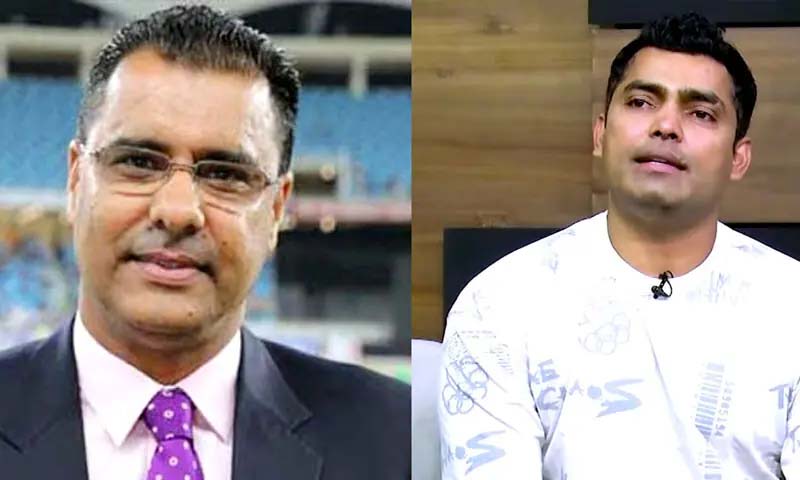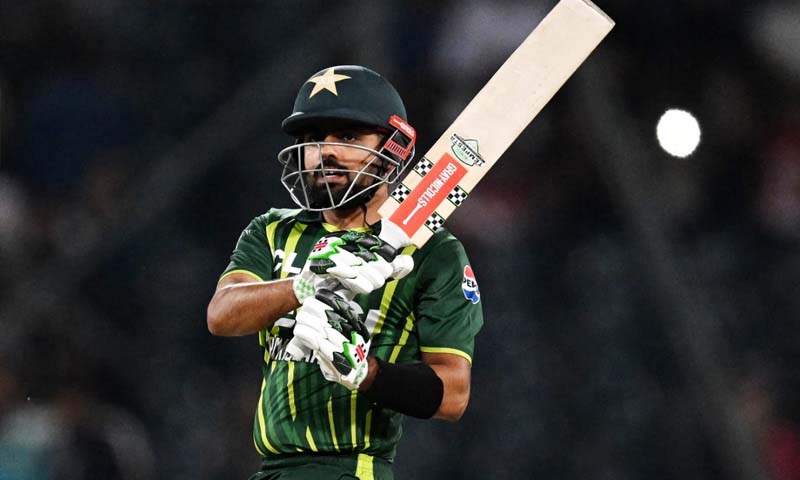- Web Desk
- Today
The fourth judge: Can Artificial Intelligence save boxing?
-

- Web Desk
- Dec 19, 2024

RIYADH: This weekend’s highly anticipated heavyweight clash between two of this generation’s greatest boxers, Oleksandr Usyk and Tyson Fury, will be the first bout to feature the use of an Artificial Intelligence judge. So, can the inclusion of AI fix the judging problem that has long plagued the sport?
Turki Alalshikh announced the inclusion of an AI judge on X, formerly known as Twitter, on Tuesday, stating that the the AI-judge will monitor the fight.
For the first time ever, an AI-powered judge will monitor the fight 🤖 Free from bias and human error brought to you by The Ring. This groundbreaking experiment, which won’t impact the official results, debuts during the biggest fight of the century, #Usyk2Fury, on December 21 🥊…
-Turki Alalshikh, Chairman of the General Entertainment Authority
The video accompanying the announcement dubs the AI, the fourth judge. While scoring done by the AI won’t count towards the decision, were the fight to go the distance, it will surely stir up controversy if its scoring opposes the other three judges.
“For years, boxing has been defined by its glory,” reads the text spliced in between scenes of Usyk vs Fury 1, which took place earlier this year. “But sometimes that glory is clouded by doubt and controversy,” the video continues.
“Isn’t it time for fairness to step into the ring?”
Liam Lawson to replace Sergio Perez at Red Bull in 2025
JUDGING IN BOXING
While the recent undisputed light-heavyweight championship bout between Dmitry Bivol and Artur Beterbiev, which the latter won, was by no means a robbery, the closely contest fight divided fans. One such conflicted boxing enthusiast was Turk Alalshikh himself.
“I don’t think that the result is fair,” he said, stating that in his opinion, Bivol won two rounds over his compatriot. Alalshikh discontent with the decision highlights an issue many fans have with the sport. Namely, it’s scoring system.
Unlike other popular sports, scoring in boxing is not objective. Rounds are scored on a 10-point scale depending on clean punching, effective aggression, ring control, and defence. It is within these categories that the subjective nature of boxing comes into focus.
According to the Association of Boxing Commissions (ABC), “not all punches are created equally,” and that judges must take into consideration the “effect of the punch.” But how can judges tell the effect of punches when there are a multitude of factors that cannot be discerned from merely the visual? If a punch causes a fighter to bleed, is that an effective, hard punch? Or was it due a build-up of scar tissue on the receiving fighters face? Are a fighter’s reactions a good enough indication of whether a punch was effective or not? If one fighter is peppering his opponent with lighter punches that don’t do much damage, while the other is delivering harder shots but at a much lower frequency, who will be rewarded by the judges?
According to the ABC, “there is no mathematical formula that equates the hard punches with lighter punches, but judges must be fair to take both into account.” But, the ABC doesn’t explain how a judge is meant to do this. In other words, what is the criteria that separates the two?
ICC confirm Hybrid-model for 2025 Champions Trophy
The ten-point scale itself presents further issues. In the case of a knockdown, or if one boxer dominates the other, the round will be scored 10-8. However, the problem arises in close rounds, which were frequent in the bout between Bivol and Beterbiev. In such instances, where there is no clear victor, fighters and viewers can still expect a score of 10-9. This is due to the fact that ties, or 10-10 rounds, are heavily discouraged. The ABC states that even rounds “should rarely happen” and that “there should never be back-to-back even rounds.”
Thus, in close rounds, judges are encouraged to find a winner where there may not be one.
CAN AI FIX THE ISSUE?
AI may fix parts of the issue, such as determining what strikes landed cleanly, which fighter controlled the ring more effectively, and the defensive pedigree of a fighter by examining what strikes were slipped or blocked with a level of accuracy not possible with human eyes.
However, other factors that plague human judges may still be present. What will the parameters be for determining whether a punch is effective and damaging? How will it differentiate between a hard and light punch? How will it equate how many lighter shots equal a heavier one and vice versa?
While AI will be a useful tool that can scrutinise a fight with a level of detail not possible by a human judge, the core of the issue will still be present, as it lies in the criteria itself.
Scoring is not an exact science, so how can AI make it one?




